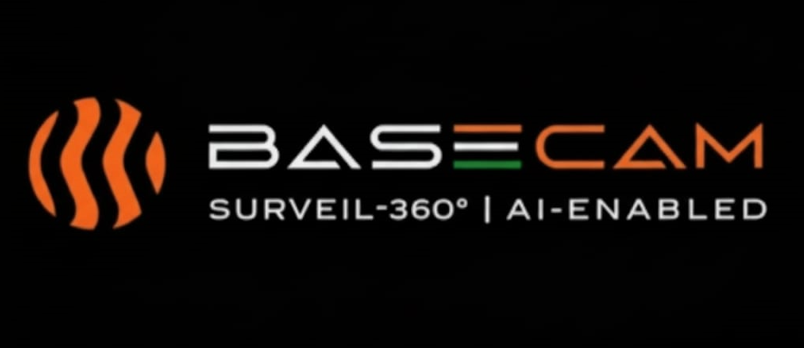Scalable & Cost-Effective CCTV Remote Monitoring & BPO Solutions
Where Accuracy Meets Professionalism and Efficiency.
- Proactive Monitoring: Detect and resolve issues before they become problems.
- Camera Audits: Ensure every angle and recording is reliable.
- Instant Alerts: Receive real-time notifications and actionable evidence.
“No Blind Spots, No Missed Evidence”
Driven by Accuracy, Defined by Professionalism, Powered by Efficiency.
We help businesses monitor, analyze, and secure their operations with intelligent CCTV and remote surveillance solutions.
“Eyes Everywhere, Intelligence Anywhere.”

Intelligent Surveillance & Enterprise Operations — Engineered for Efficiency, Designed for Scale, Future-Ready by Design.
Rethinking Surveillance in Business
Global enterprises and retail businesses face countless operational challenges every day. Yet, most security cameras remain unwatched—only checked after a crisis has already occurred. Without proactive monitoring, risks are overlooked until it’s too late.
The Power of Proactive Monitoring
Proactive monitoring transforms cameras from passive recorders into active safeguards—detecting threats in real time, preventing losses, ensuring compliance, and creating safer workplaces.
Who We Serve
Our solutions are tailored for global enterprises, Retail chains, Warehouses, Industrial & Construction sites, Gas Stations, Gym, Mobile Stores, Girls Hostels, Universities Campus, and businesses where security, asset protection, and uninterrupted operations are mission-critical.
Strengthening Your Surveillance Network—From Afar
At BaseCam, we deliver more than surveillance—we deliver confidence, clarity, and control. Our advanced monitoring solutions empower businesses to operate smoothly, securely, and efficiently.
What We Deliver
Enhanced Productivity & Accountability
Improve workforce efficiency and resolve internal disputes.
Prevent workplace misconduct and harassment.
Evidence-Based Protection
Capture every critical event with precision.
Provide foolproof insights to audit theft, robbery, or asset damage.
Real-Time Vigilance
Instant alerts and notifications to authorized personnel.
Ensure uninterrupted operations with proactive monitoring.
Workforce Intelligence
Accurate net-hour tracking to streamline payroll.
Data-backed reports to drive smarter workforce management.
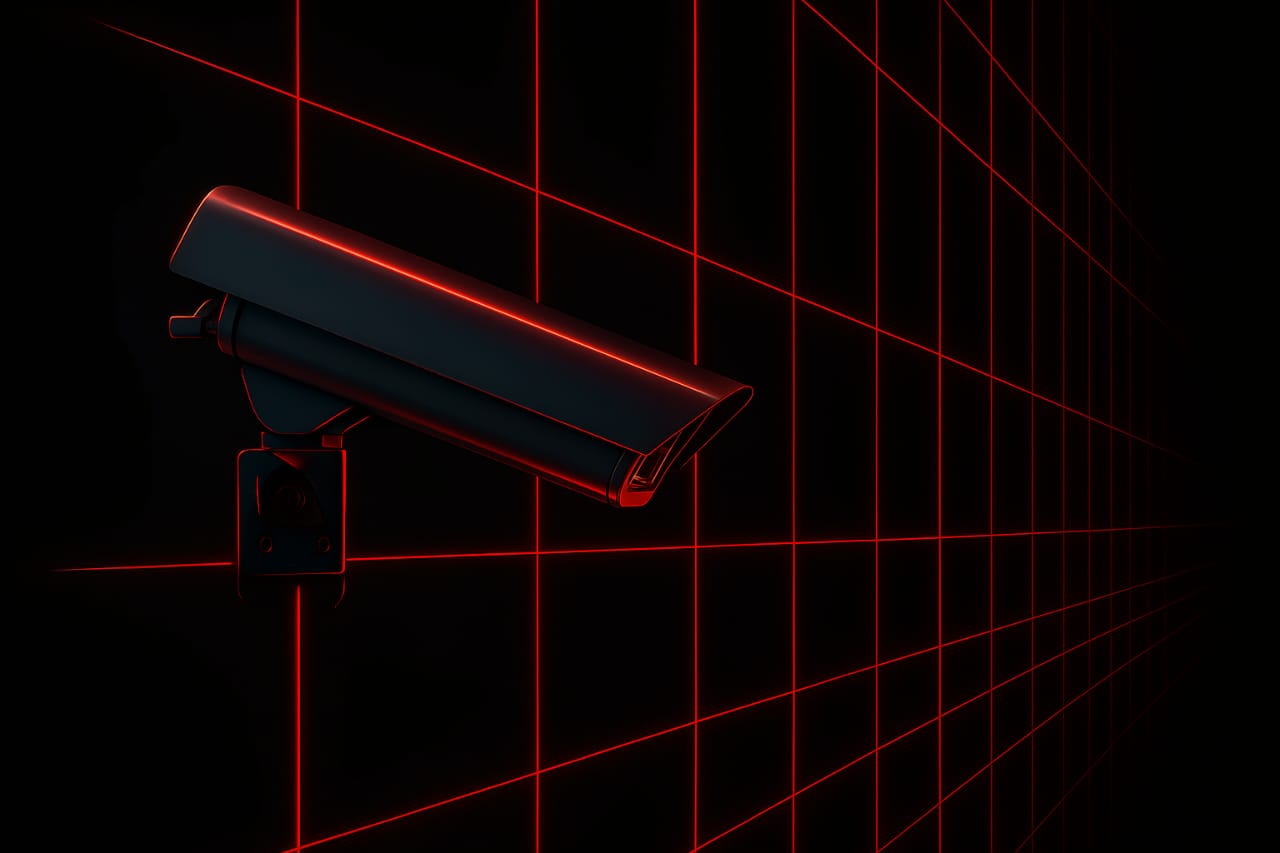
Incident Response: Immediate alert escalation and coordinated response protocols with clients. Real-Time Alerts with detailed threat assessment and recommended actions.
24/7 Remote Monitoring: Professional camera monitoring services for Corporates, Retails, and enterprises worldwide. AI-enhanced threat detection with trained operators..
AI-Driven Analytics: comprehensive behavior analysis and pattern recognition for proactive security management detection to identify and mitigate risks proactively.
Multi-Site Management: Centralized monitoring for enterprise clients with multiple locations across different time zones. Details incident reports, analytics, and compliance documentation.
White-Label Solutions: Branded monitoring services for security companies looking to expand without infrastructure investment
System Health Monitoring: We provide alerts for maintenance needs, such as camera misalignment or recording failures, to keep your system running smoothly
Why Choose BaseCam?
Foolproof Evidence: Every detail captured, every risk mitigated.
Seamless Alerts: Stay vigilant without being on-site.
Data-Driven Insights: Beyond security—enabling smarter decisions.
Target Market
Designed for global enterprises, retail chains, warehouses, construction sites, and businesses where security, asset protection, and uninterrupted operations are paramount.

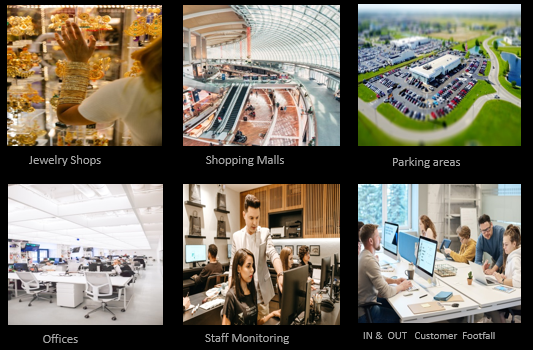
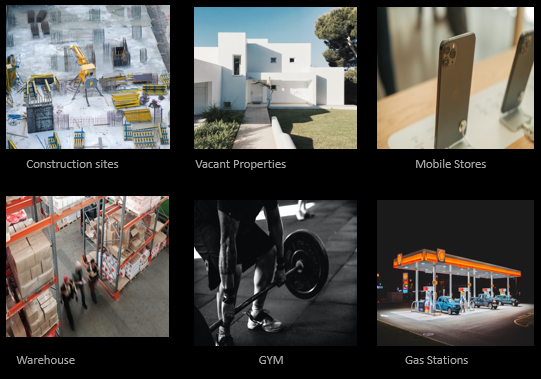
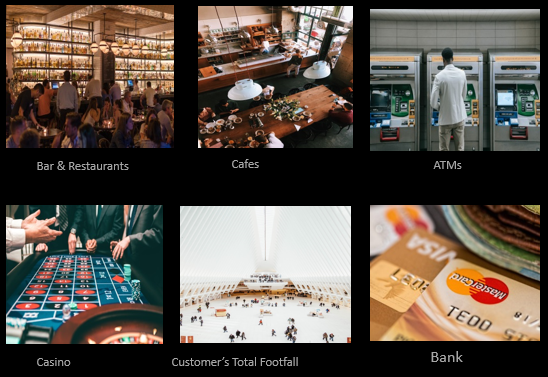
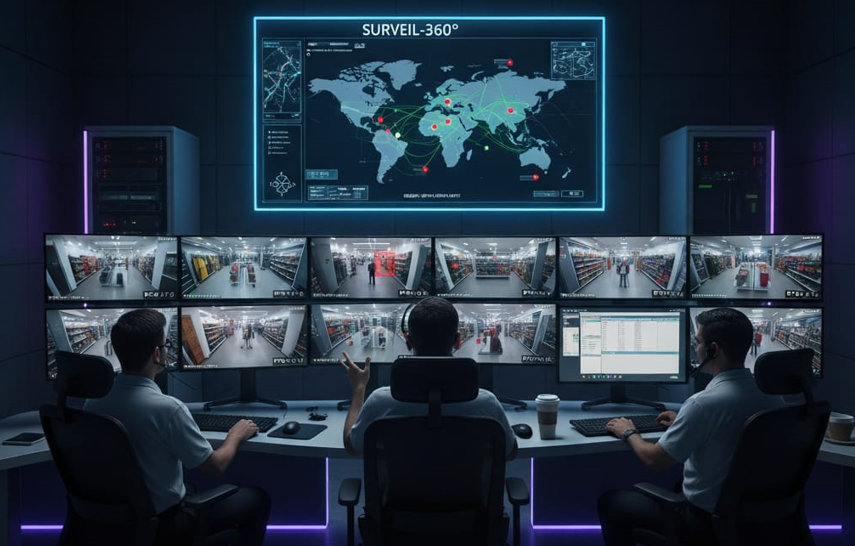
> Cut losses, boost productivity, and secure 24/7—surveillance that pays for itself
> Smarter monitoring: real-time protection, lower risks, higher returns
> From rooftops to alleys—AI + human vigilance keeps your business secure.”
> Prevent theft, reduce costs, and safeguard assets—anytime, anywhere
> Proactive video monitoring: continuous protection, measurable savings
Ready to Safeguard Your Business?
With BaseCam, you gain more than surveillance. You gain a partner who protects your assets, empowers your workforce, and ensures operational excellence.
Benefits of Monitoring
Proactive monitoring transforms cameras from passive recorders into active safeguards—detecting threats in real time, preventing losses, ensuring compliance, and enhancing workplace safety.
